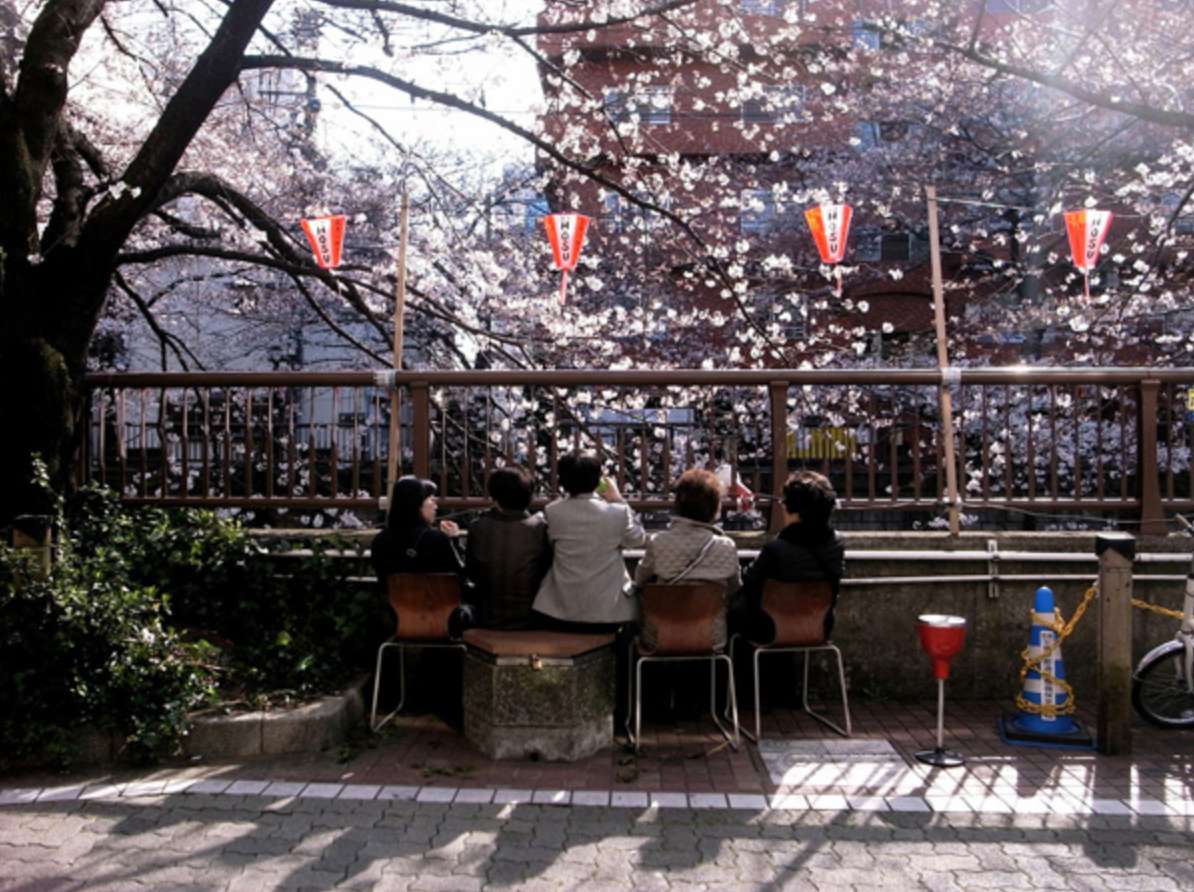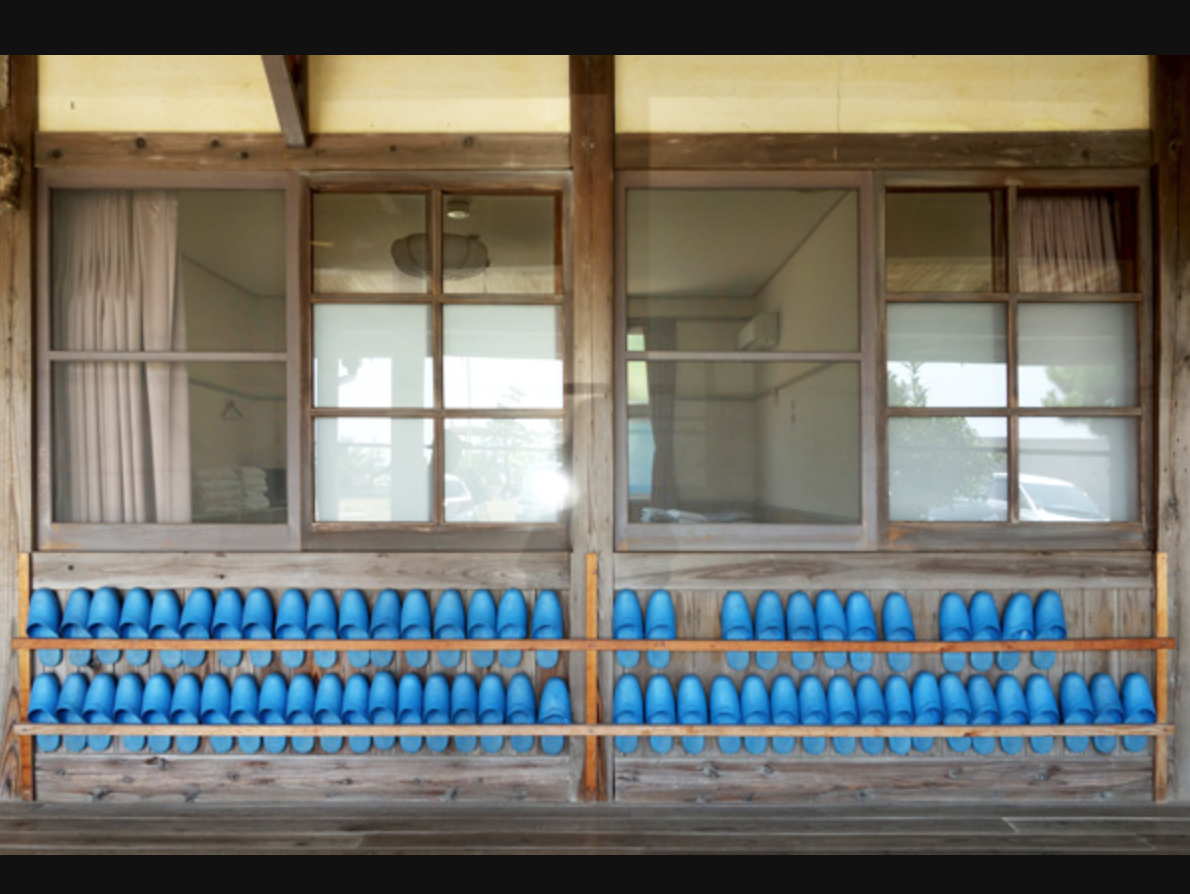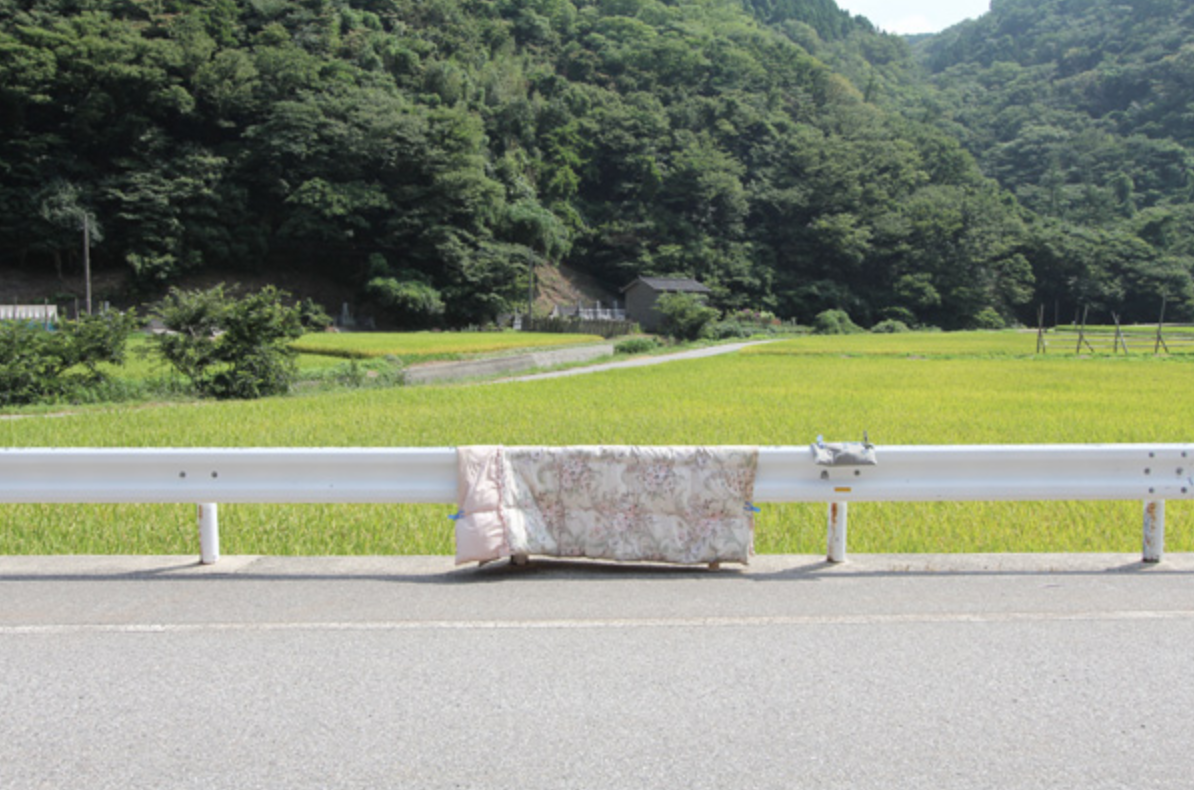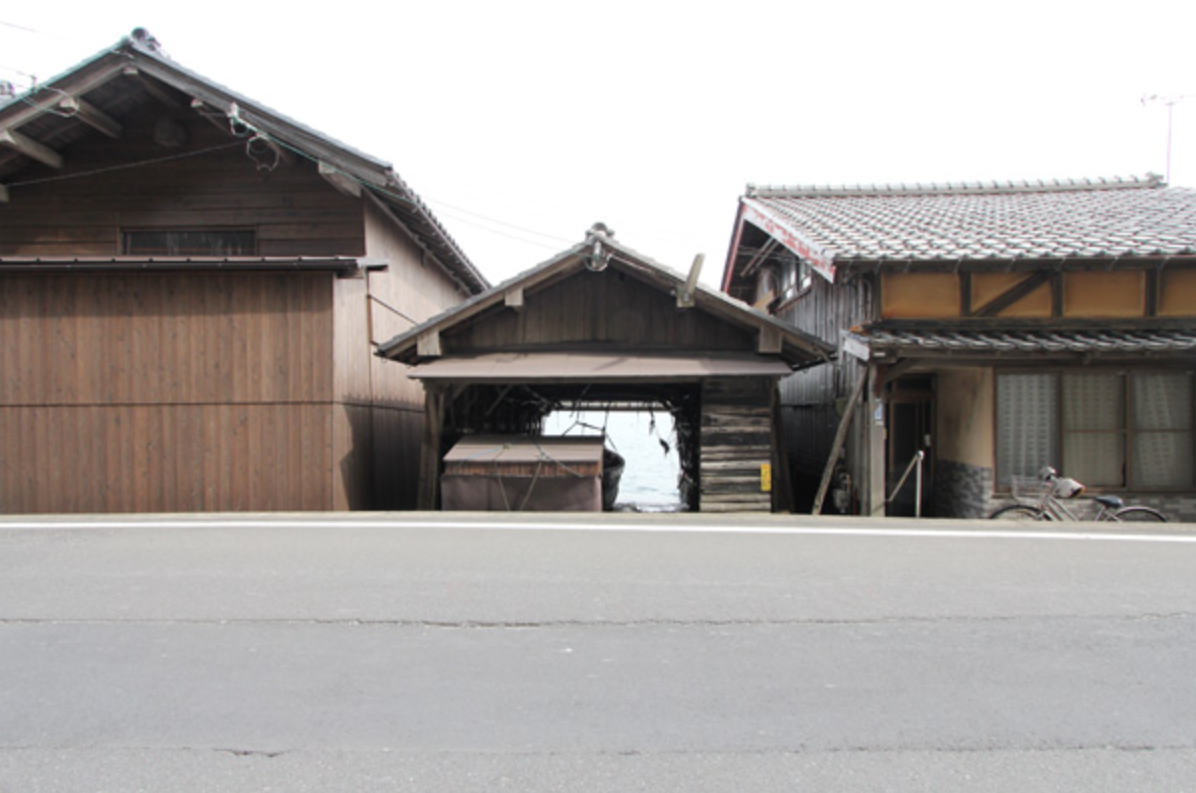Share this Collection
1 Citation in this Annotation:
Annotated by:
Meg Marumoto on Little Spaces : Kumiko Inui +
4 May, 2025
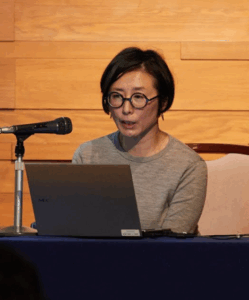
Little spaces or Little places? Or Little sceneries.
Kumiko Inui (1969-), a Japanese female architect, describes a situation she encountered during her visit to a nursery who was the client for her first project. The office of the nursery was overwhelmed with documents and other objects and in this midst of things, she found a rabbit sitting under sheets of paper ‒ comfortable, protected and hidden. The rabbit created a space, place or an environment for itself. Inui calls such situation “little spaces 小さな風景 (Chisana Fûkei)”, which she also defines through thousands of photos that presents vernacular traces of ordinary usersʼ dreams, intentions and gestures. What this short piece of writing would like to focus on is Inuiʼs use of three words ‒ 空間(kûkan, space), 場所 (basho, place) and 風景(Fûkei, scenery) at the core of her manifesto and my interest.
空間 kûkan space
場所 basho place
居場所 ibasho where one feels at home
その場 sonoba conversation or the air in which several people is inhabiting at that time and perhaps interacting with each other even if it is just feeling the othersʼ presence
風景 Fûkei scenery, landscape, view, situation, detachment
In order to discuss the meaning of 風景(Fûkei, scenery), it is important to first discuss the difference between 空間(kûkan, space) and 場所(basho, place). The english words, space and place shares the meaning of a physical environment in which people can inhabit, long or short time, inside or outside. The word space has no relationship to the context or what comes before and after passing through such space, while place has the sense of specificity and context. While the Japanese word, 空間(kûkan, space) can be used to mean ʻatmosphereʼ which is similar to how the English word is used in that way, the meaning is limited to the ʻatmosphereʼ that is derived from the formal architecture or objects. It is used purely to describe the space in its material environment. However, 場所(basho, place) is often used within the context of relationship between people ‒ basho is created when one can feel the presence of a person, are in a conversation with them or they feel that someone had been there. Basho is a special somewhere on a big map.
When the architect, Inui, uses the word 風景(Fûkei, scenery), she detaches herself from the subjects of the photograph as if to view it without focus. This ʻzooming back outʼ is her way to see the traces of the people ‒ as people use, make and adapt the spaces, the “layers of uncertain decisions of different time and authors” are left in the space creating a sense of place which she calls 風景(Fûkei, scenery). Instead of designing to create a place, the way in which inhabitants use the space created a place naturally,. This effortless manner is dreamt of by architects, paradoxically – these almost “accidentally made” spaces are effortless, logical and therefore beautiful. Instead of a maker-receiver relationship, the users are no longer consumers but can make and adapt, to actively put their own meaning to the environment they inhabit.
